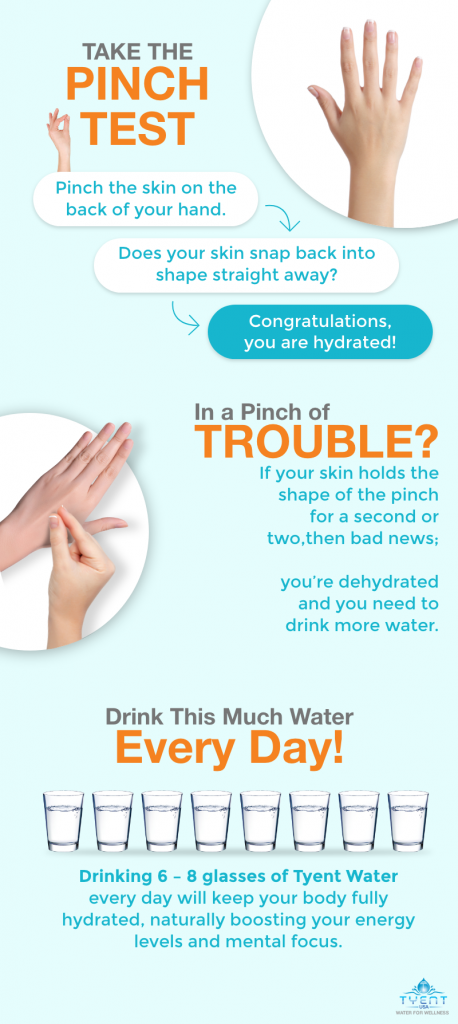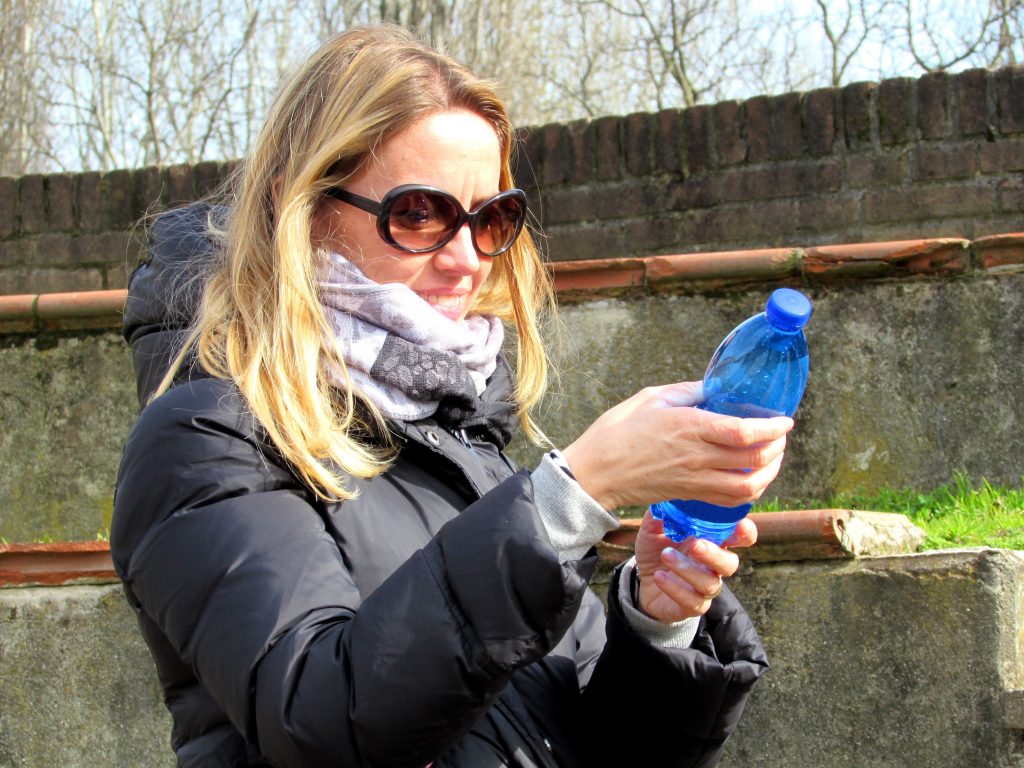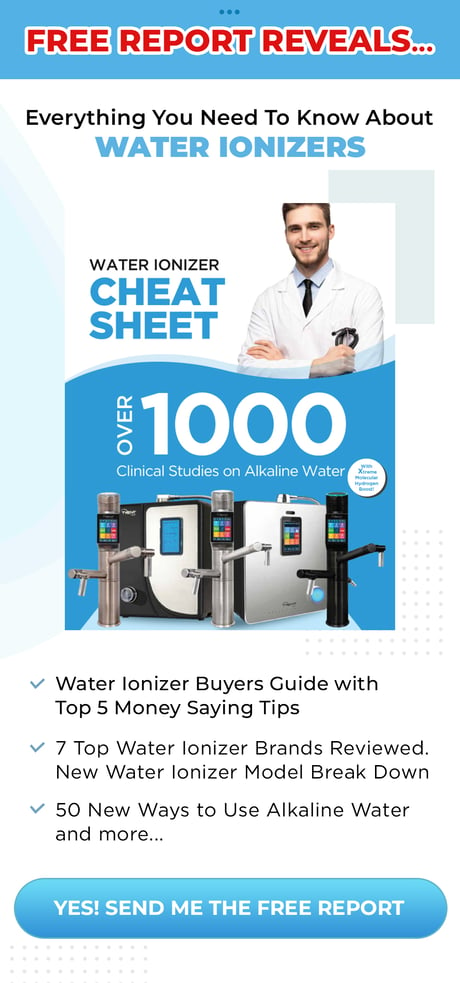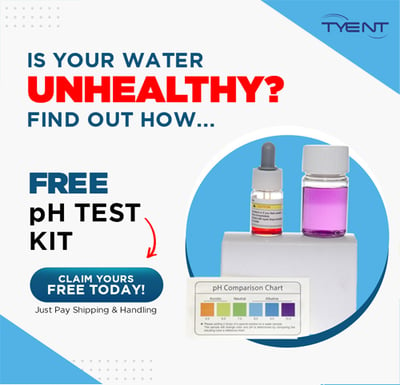So, we know that greens are good for us and why; but what makes the sunny side of the fruit bowl so nutritious?

How uplifting are these beautiful colors?
Sunny and Scrumptious!
So much of our favorite fresh, delicious produce comes in the glorious colors of the sunrise and sunset. From the cheery, zingy looks of citrus and the warm hue of mango and peaches, to the rich autumnal glow of squash and bright buttery corn — it all looks and tastes great!
What’s in Them?
So what exactly is packed into these brilliantly-colored foods that makes them so good for us?
- Lycopene
- Flavonoids
- Vitamin C
And here are just a few of the amazing benefits that they …
Continue reading...











